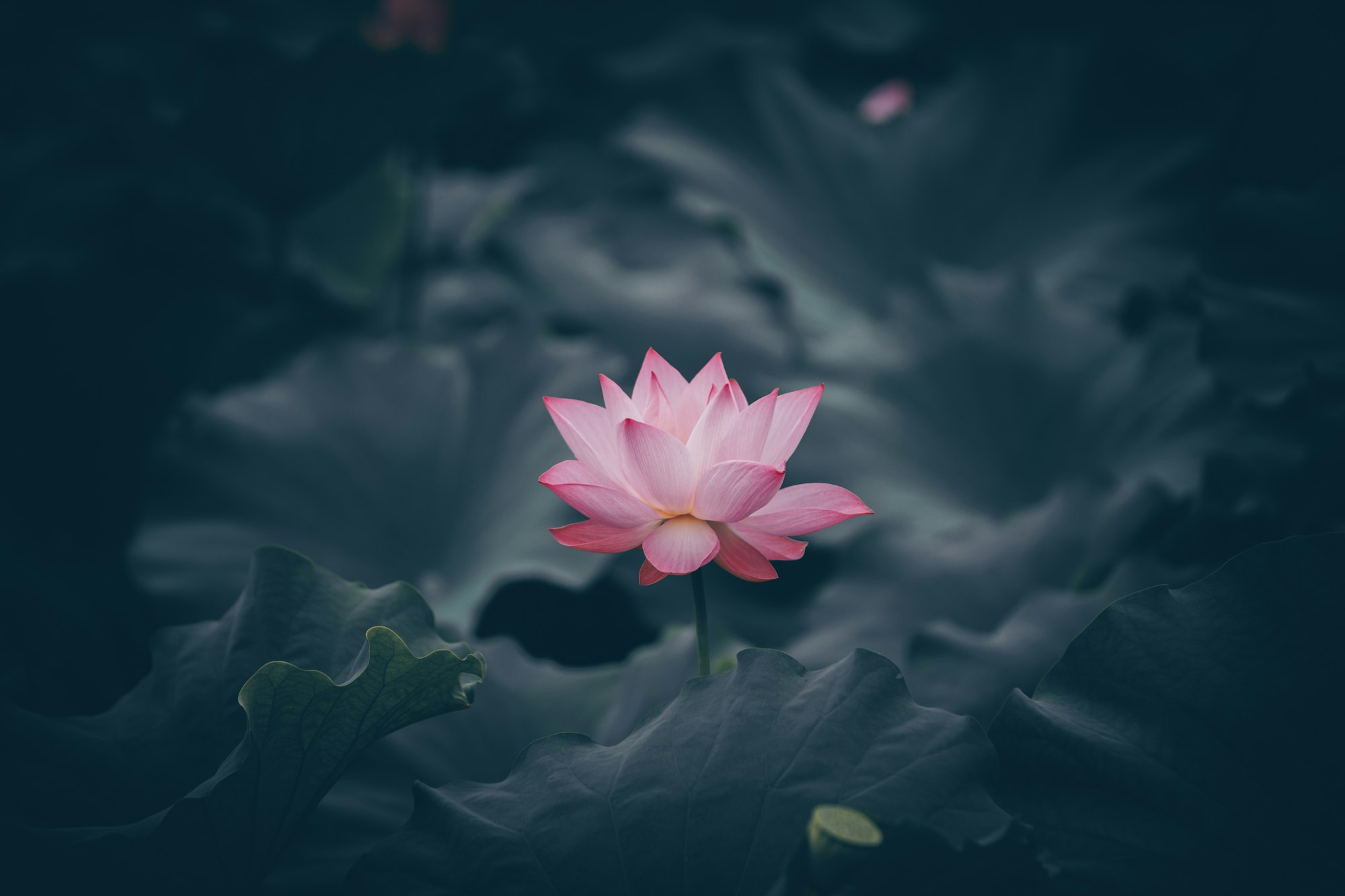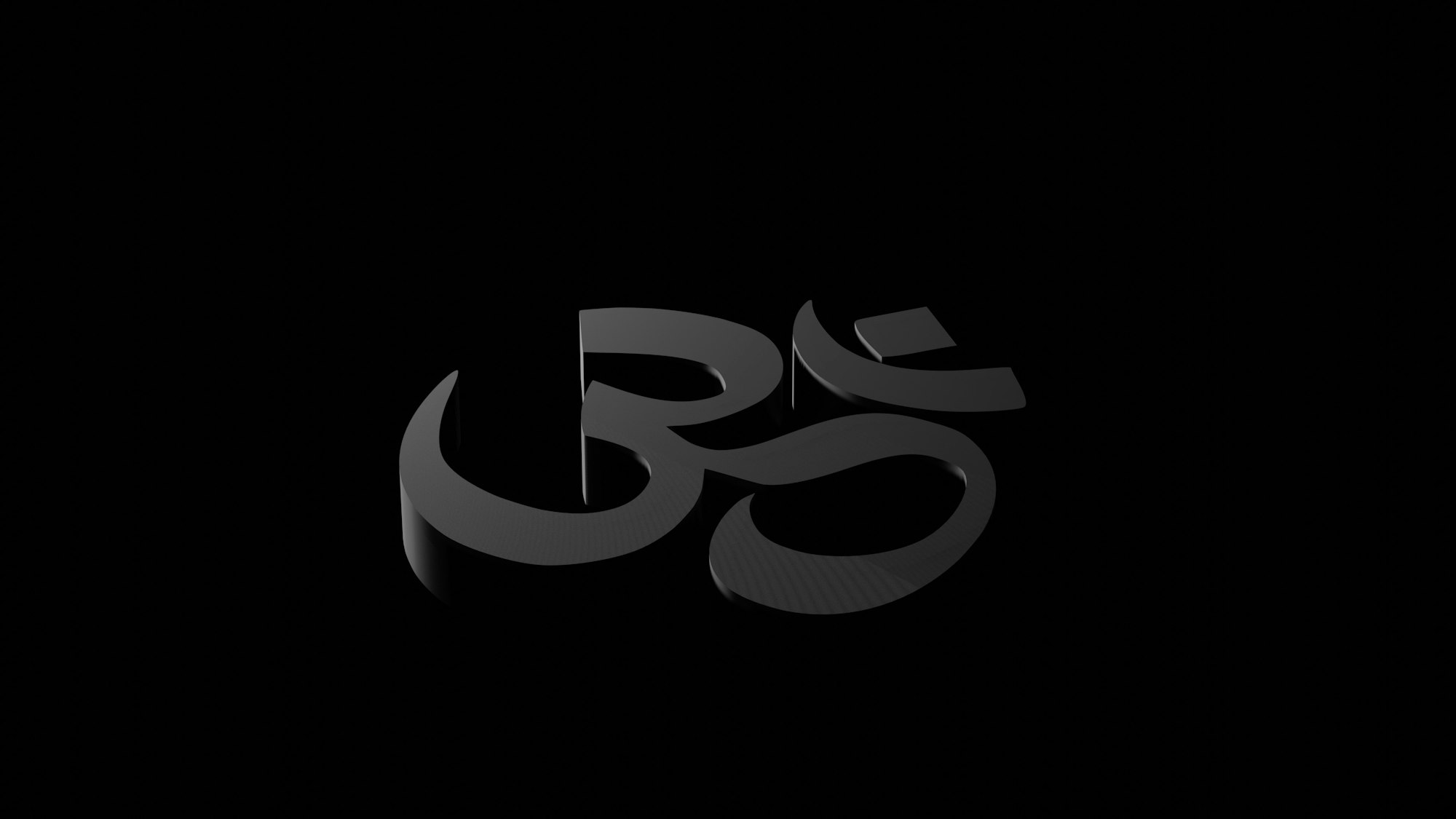Brahma Ji did have avatars. Later these avatars were shifted to Vishnu. The possible reason for this shift is Brahma’s job is finished after creation and logically Visnu as the preserver should be associated with avatars.
Broadly speaking, Hindus can be divided into three main groups: Śaivas or those who worship Śiva, Śāktas or those who worship Śakti (consort of Śiva) and Vaiṣṇavas or those who worship Viṣṇu.
However, popular Hindu theology, which has its roots in the ancient scriptures, adds another important deity, Brahmā. The three Brahmā, Viṣṇu, and Śiva together form the Hindu Trinity. Brahmā creates the world, Viṣṇu sustains it, and Śiva destroys it. This process of creation (sṛṣṭi), preservation (sthiti), and destruction (pralaya) continue perpetually in that order.
Thus Brahmā is the source, the seed, of all that is. He is, as his very name indicates, boundless immensity, from which space, time, and causation originate, names and forms spring up. Philosophically, he is the first stage of manifestation of the notion of individual existence (ahaṅkāra). Theologically, he is the uncreated Creator (Svayambhū), the self-born first Person.
He has several designations which are as instructive as they are interesting. From the cosmological point of view, he is the Golden Embryo (Hiraṇyagarbha), the ball of fire, from which the universe develops.
Since all created beings are his progeny, he is Prajāpati, the Lord of progeny, as also the Pitāmaha, the Patriarch. He is Vidhi, the ordinator, Lokeśa, the master of the worlds, as well as Dhātṛ, the sustainer. He is also Viśvakarmā, the architect of the world.
Hindu mythological literature describes Brahmā as having sprung from the lotus originating from the navel of Viṣṇu. Hence he is called Nābhija (the navel-born), Kañja (waterborne), and so on.
Curiously enough, the name ‘Nārā-yaṇa’ (’the one who dwells in the casual waters’ or ’the abode of man’) has been applied to him first and later only to Viṣṇu. Brahmā, the creator, and Sarasvatī, his consort, are the subjects of several tales in our mythological literature. They can be summarized briefly thus:
-
Brahmā was born out of the golden egg produced in the boundless causal waters. His consort Vāc or Sarasvatī was manifested out of him. From them were born all the creatures of the world.
-
Brahmā represents the Vedas and Sarasvatī, their spirit and meaning. Hence all knowledge, sacred and secular, has proceeded from them.
-
Once Brahmā became the boar and raised the earth from beneath the waters and created the world, the sages, and Prajāpati.
-
The forms of tortoise and fish, (later considered as avatāras of Viṣṇu) have been attributed to Brahmā also.
-
The great sages Marīci, Atri, Aṅgiras, and others are his ‘mind-born’ children. Manu, the Adam of the Āryan race, is his great-grandson.
-
He is easily pleased with austerities and bestows boons on the supplicants, be they gods, demons, or human beings.
-
He is the inventor of theatrical art. Music, dance, and stagecraft were revealed by him.
-
He was the chief priest who performed the marriage of Pārvatī with Śiva.
In spite of the fact that Brahmā is God the Supreme in the creative aspect and is an equally important member of the Hindu Trinity, it is strange that there are no temples dedicated exclusively to him, the one at Puṣkar (near Ajmer in Rajasthan) being the solitary exception.
Notwithstanding the crude reasons given in some of the purāṇas for the loss of Brahmā’s prestige, it is likely that the Brahmā cult was predominant in pre-Vedic Hinduism and was superseded by the later Śiva-Viṣṇu cults.
In fact, the evolution of the Śakti concept each of the gods Śiva and Viṣṇu having his Śakti or Power as his consort and the explanation that creation proceeds from the combination of the God and his Śakti, has made Brahmā superfluous.
The icon of Brahmā has four heads facing the four quarters, and they represent the four Vedas, the four yugas (epochs of time), and the four varṇas (divisions of society based on nature, nurture and vocation). Usually, the faces have beards and the eyes are closed in meditation.
There are four arms holding different objects and in different poses. The arms represent the four quarters. The objects usually shown are: akṣamālā (rosary), kūrca (a brush of kuśa grass), sruk (ladle), sruva (spoon), kamaṇḍalu (waterpot) and pustaka (book).
The combination and arrangement vary from image to image. The rosary represents time and the waterpot, the causal waters, from which all creation has sprung up. So, Brahmā controls time as well as the principle of causation. The kuśa grass, the ladle, and the spoon being sacrificial implements represent the system of sacrifices which is the means to be adopted by the various creatures to sustain one another. The book stands for knowledge, sacred and secular.
He is the giver of all knowledge arts, sciences and wisdom. The mudrās or poses of the hand are abhaya (assuring protection) and varada (granting boons). The icon may be either in the standing posture (standing on a lotus) or in the sitting posture (sitting on a haṁsa or swan).
Haṁsa or the swan stands for discrimination and wisdom. In the temples dedicated exclusively to Brahmā, his aspect as Viśvakarma (the architect of the universe) is adopted. In this form, he is shown as having four heads, four arms holding the rosary, the book, the kuśa grass and the kamaṇḍalu and riding on his swan. Every temple, be it of Śiva or Viṣṇu, must have a niche in the northern wall for Brahmā, and his icon


